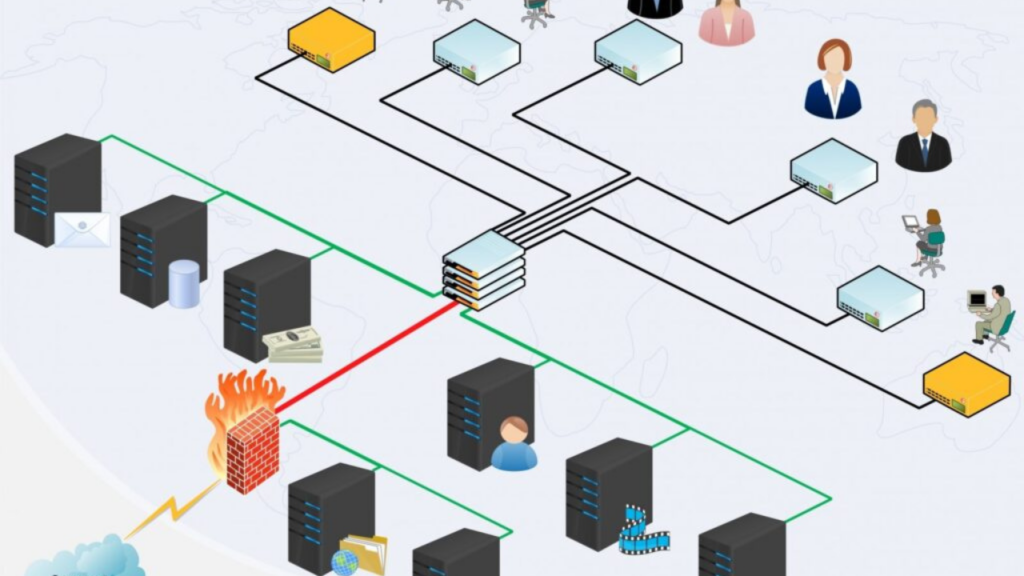Why Critical Infrastructure Attacks Are Everyone’s Problem!
In an interconnected world driven by digital innovation, critical infrastructure security has become a concern that transcends borders and industries. According to Quantumrun, Critical infrastructure has increasingly become a prime target for criminal and government-sponsored cyberattacks due to the potential widespread impact successful attacks can have on a society or target industry. Loss of electricity, water, and online connectivity can result in chaos as businesses are shut down and people lose access to essential public services.
The recent surge in cyberattacks targeting essential systems has underscored the urgent need for a collective effort to protect these vital assets. From power grids and transportation networks to healthcare facilities and communication systems, critical infrastructure forms the backbone of modern society. Let’s delve into why these attacks concern everyone and why the current times make them even more pressing.
The Ripple Effect: Impact on Society
Critical infrastructure attacks aren’t isolated incidents affecting only a specific industry. They can create a domino effect, disrupting numerous sectors and cascading into broader chaos. For instance, an attack on a power grid could lead to widespread blackouts, affecting businesses, homes, hospitals, and emergency services. When healthcare institutions or transportation networks are compromised, lives can be put at risk, jeopardizing public safety. Such attacks demonstrate that the consequences extend far beyond the initial target.

Economic Implications
The economic impact of critical infrastructure attacks must be considered. The downtime caused by these incidents can result in massive financial losses for businesses and nations. Moreover, the costs associated with recovery, investigations, and restoring services can burden economies, leading to long-term setbacks. Ultimately, the ripple effects of these attacks could lead to reduced investor confidence, job losses, and hindered economic growth.
Evolution of Cyber Threats
The digital landscape has evolved, and so have cyber threats. Threat actors have become more sophisticated, utilizing advanced techniques to breach systems and exploit vulnerabilities. Nation-states, criminal organizations, and hacktivists can launch sophisticated attacks on critical infrastructure. The rise of ransomware attacks targeting essential services demonstrates the alarming convergence of cybercrime and infrastructure vulnerabilities.
Increasing Interconnectivity
The rise of the Internet of Things (IoT) and the integration of digital technologies into critical systems have increased interconnectivity and automation. While this has brought efficiency and convenience, it has also widened the attack surface. Every device connected to a critical infrastructure network becomes a potential entry point for cybercriminals. This interconnectedness heightens the need for robust cybersecurity measures across the board.
Why, Especially Now?
Several factors make the current era particularly vulnerable to critical infrastructure attacks:
- Remote Work: The COVID-19 pandemic accelerated remote work and digitalization. This shift has created new avenues for cyberattacks, as remote access points become potential weak links.
- Geopolitical Tensions: Heightened geopolitical tensions can lead to nation-state-sponsored attacks targeting critical infrastructure in rival nations, escalating cyber conflict.
- Supply Chain Vulnerabilities: The interconnected nature of supply chains exposes critical infrastructure to third-party risks, making it essential to ensure the security of the entire ecosystem.
- Dependency on Technology: Modern societies are more dependent on technology than ever before. This dependence makes disruptions to critical systems even more impactful.
Wrapping up
Critical infrastructure attacks are not isolated concerns limited to a specific sector. They pose significant risks to societies, economies, and individuals worldwide. As the digital landscape evolves, so do the threats, making it imperative for governments, businesses, and individuals to collaborate on robust cybersecurity strategies. By recognizing that critical infrastructure security is everyone’s problem, we can work collectively to safeguard our modern way of life.By fostering international cooperation and sharing threat intelligence, we can build a stronger defense against the ever-evolving cyber threats that target our vital infrastructure. For more insightful blogs, visit auxin.io.







